Every business generates massive amounts of data daily, but not all companies leverage it effectively. Predictive analytics enables enterprises to convert raw data into actionable insights, helping them forecast demand, reduce operational costs, and enhance customer engagement.
Whether through AI-powered models, machine learning algorithms, or cloud-based analytics, predictive analytics is reshaping business strategies. Organizations that integrate predictive analytics into their decision-making processes can anticipate challenges, seize new opportunities, and outperform competitors.
This blog discusses the importance of predictive analytics and how businesses can use it to maintain a competitive edge.
The Growing Impact of Predictive Analytics Worldwide
Predictive analytics is revolutionizing industries, driving innovation, and transforming data into actionable insights.
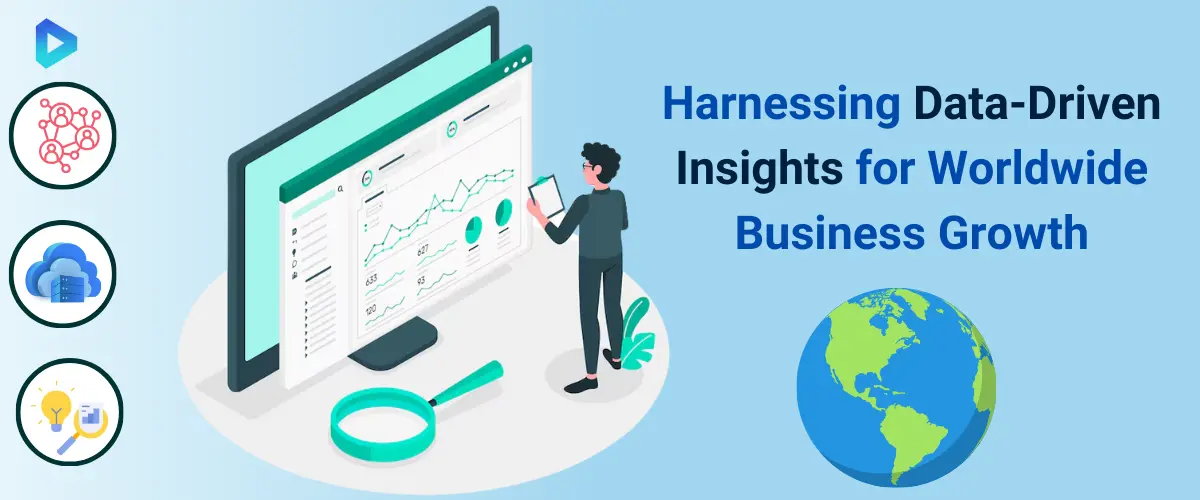 How Predictive Analytics World Is Shaping Industries?
How Predictive Analytics World Is Shaping Industries?
Predictive analytics has become a cornerstone of modern industries, enabling smarter decision-making through data-driven insights. By analyzing historical data, businesses can forecast trends, anticipate customer behaviors, and optimize their operations.
Sectors like healthcare, retail, and finance are leveraging predictive tools to stay competitive. For instance, retailers use predictive analytics to personalize customer experiences, while healthcare providers predict patient needs for better care.
Key industries reshaping through predictive analytics include:
- Finance: Fraud detection and risk assessment.
- Manufacturing: Demand forecasting and inventory management.
- Marketing: Targeted campaigns and customer segmentation.
As industries embrace these solutions, predictive analytics continues to redefine operational efficiency and innovation.
Key Trends in Global Predictive Analytics Adoption
The adoption of predictive analytics is growing exponentially, driven by advancements in artificial intelligence, big data, and machine learning. Businesses are capitalizing on these trends to gain a competitive edge. Cloud-based predictive analytics tools offer scalability and accessibility, making them a popular choice among organizations of all sizes.
Notable trends include:
- AI Integration: Enhanced accuracy in predictions.
- Real-Time Analytics: Faster and more agile decision-making.
- Self-Service Tools: Empowering teams with user-friendly interfaces.
As predictive analytics tools become more sophisticated, they’re becoming integral to global business strategies. Staying ahead means adopting these trends to unlock untapped potential.
Overcoming Challenges in Implementing Predictive Solutions
While predictive analytics offers immense benefits, implementing it comes with challenges. Data silos, integration complexities, and skill gaps often hinder success. Organizations must focus on building robust data strategies and investing in training to address these issues.
Key steps to overcome challenges:
- Consolidate data from disparate sources into unified systems.
- Train teams to interpret predictive insights effectively.
- Utilize tools with built-in AI to simplify workflows.
Organizations that overcome these barriers can unlock predictive analytics’ full potential, driving efficiency, innovation, and growth.
Predictive Data Modeling for Smarter Business Decisions
Transform raw data into actionable insights for better decisions with predictive data modeling.
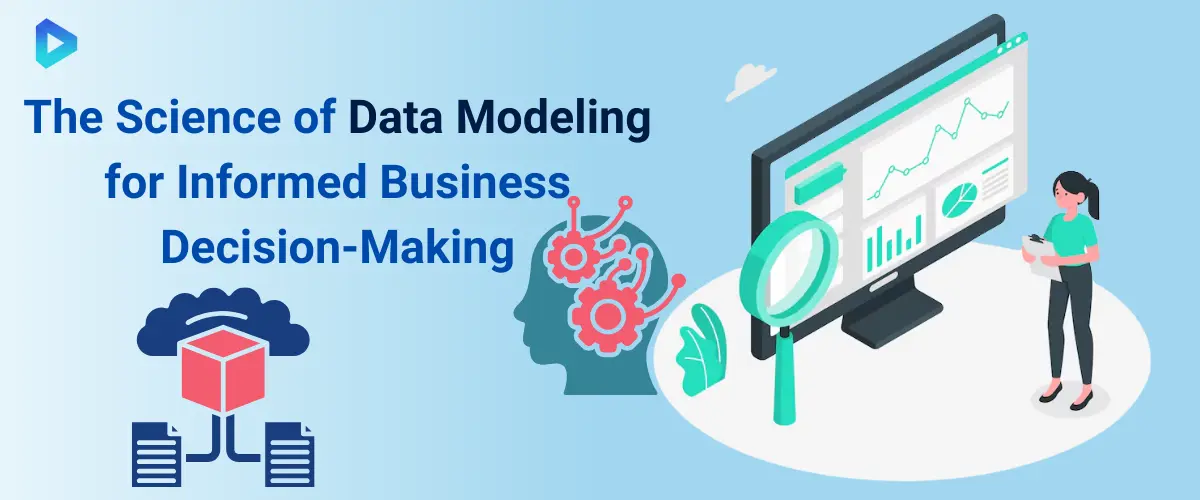 Understanding the Basics of Predictive Data Modeling
Understanding the Basics of Predictive Data Modeling
Predictive data modeling involves using statistical techniques and machine learning algorithms to analyze historical data and predict future trends. It identifies patterns and relationships in data, allowing businesses to anticipate customer behaviors, market trends, and operational risks.
At its core, predictive modeling focuses on:
- Input Variables: Data points that influence outcomes.
- Algorithms: Techniques like regression analysis and decision trees.
- Outputs: Probabilities or predictions guiding strategic decisions.
By applying these models, businesses can align their strategies with data-backed insights, enhancing efficiency, customer satisfaction, and overall competitiveness in the market.
The Role of Data Quality in Predictive Accuracy
The accuracy of predictive models relies heavily on the quality of data used. Inconsistent, incomplete, or outdated data can lead to unreliable predictions, affecting decision-making processes. Organizations must prioritize data cleanliness and consistency for optimal outcomes.
Steps to ensure high data quality:
- Data Cleaning: Remove duplicates and correct inaccuracies.
- Integration: Consolidate data from multiple sources into a unified format.
- Regular Updates: Ensure datasets reflect current conditions.
High-quality data enables predictive models to generate precise insights, empowering businesses to make confident, informed decisions that drive growth and efficiency.
Improving Business Forecasting with Predictive Data Modeling
Predictive data modeling enhances forecasting accuracy by analyzing historical trends and projecting future outcomes. Businesses can anticipate market demand, allocate resources efficiently, and reduce risks by leveraging these insights.
For example, retailers use predictive models to optimize inventory levels, ensuring products are available without overstocking. Similarly, manufacturers forecast production needs to align with demand fluctuations.
The benefits include:
- Reduced Costs: By minimizing waste and improving resource allocation.
- Enhanced Planning: Allowing teams to strategize based on reliable forecasts.
- Competitive Edge: Staying ahead by proactively addressing market trends.
Adopting predictive modeling transforms forecasting into a strategic asset, driving smarter, data-driven decisions across industries.
The Role of Predictive Analytics in Business Growth
Harness predictive analytics to unlock opportunities and drive sustainable business growth.
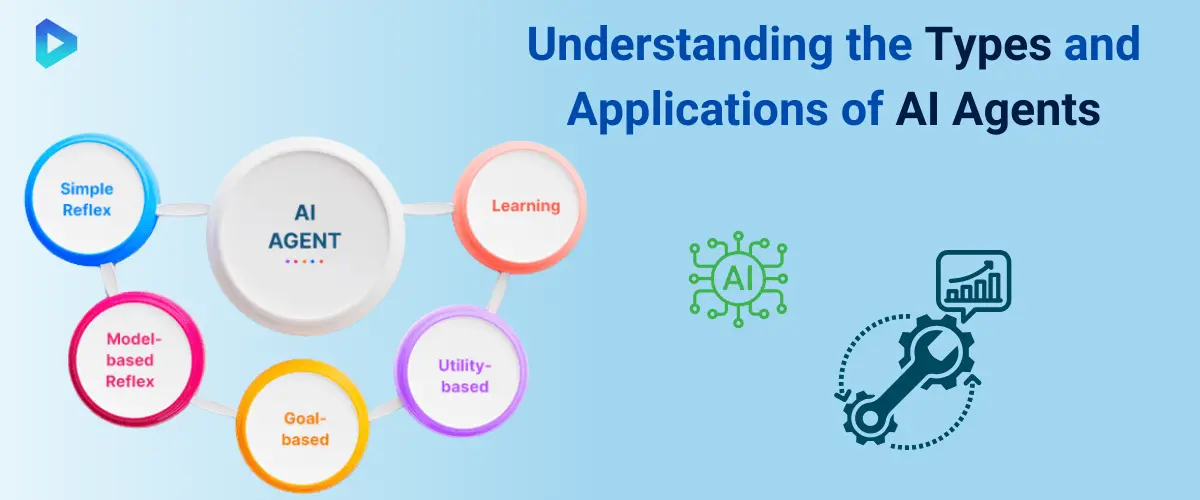 Why Businesses Must Adopt Predictive Analytics Now?
Why Businesses Must Adopt Predictive Analytics Now?
In today’s competitive landscape, businesses need to adopt predictive analytics to stay ahead. Predictive analytics uses data, algorithms, and machine learning to forecast future trends, enabling companies to make proactive decisions.
By identifying potential risks and opportunities early, businesses can optimize strategies and reduce uncertainty. For instance, retail businesses can forecast seasonal demand spikes, ensuring they stock the right products at the right time.
Predictive analytics also helps reduce costs by streamlining supply chain processes and minimizing inefficiencies. Organizations that integrate predictive tools early gain a significant advantage, improving their agility and ability to respond to market changes.
How Predictive Analytics Enhances Decision-Making & Efficiency?
Predictive analytics transforms decision-making by providing actionable insights derived from data patterns. It eliminates guesswork, enabling leaders to make informed choices backed by real evidence.
For example, predictive models can help businesses anticipate customer needs, allowing for personalized marketing campaigns that improve engagement and conversions. Efficiency is another key benefit. Predictive analytics streamlines operations by automating complex processes like demand forecasting and inventory management.
By identifying inefficiencies and optimizing resource allocation, businesses save both time and money. In industries such as finance, predictive tools detect fraudulent activities before they escalate, safeguarding assets and reputation.
Integrating Predictive Analytics into Business Workflows
To maximize the benefits of predictive analytics, it must be seamlessly integrated into existing workflows. Start by identifying key areas where predictive insights can have the greatest impact, such as marketing, operations, or customer service.
Next, ensure data collection processes are robust and secure, as accurate inputs are essential for reliable outputs. Businesses should invest in user-friendly analytics platforms that empower employees to access insights without requiring extensive technical knowledge.
Training teams to interpret predictive outputs and incorporate them into their daily decision-making fosters a data-driven culture. Regularly evaluating the performance of predictive models ensures their relevance and accuracy over time.
AI-Powered Predictive Analytics for Competitive Advantage
Revolutionize decision-making with AI-powered predictive analytics to outpace competitors and drive success.
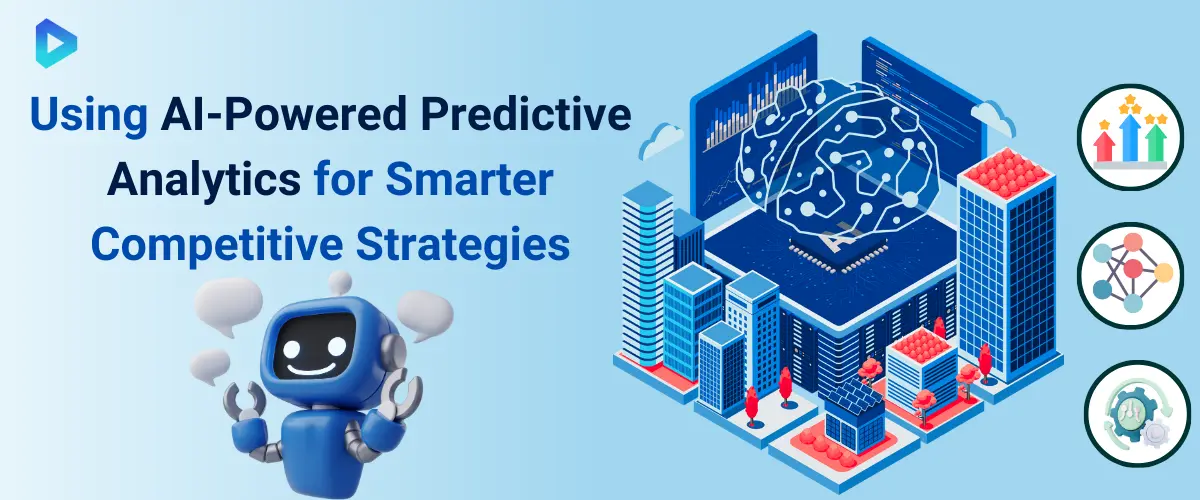 Why AI Predictive Analytics is a Game Changer?
Why AI Predictive Analytics is a Game Changer?
AI predictive analytics is transforming industries by providing unprecedented insights that were previously unattainable. Unlike traditional methods, AI-powered analytics rapidly processes vast amounts of data, identifying complex patterns and trends with unmatched accuracy.
Businesses can leverage these insights to anticipate customer needs, optimize operations, and reduce risks. For example, in e-commerce, AI analytics predicts purchasing behaviors, enabling personalized recommendations that enhance customer satisfaction and sales. In healthcare, AI predicts patient needs, improving treatment outcomes. What sets AI apart is its adaptability.
Leveraging AI for More Accurate Predictions
AI enhances prediction accuracy by analyzing both structured and unstructured data sources, including text, images, and videos. This capability ensures businesses can draw insights from diverse datasets, offering a holistic view of trends and opportunities.
For instance, AI algorithms in finance detect subtle market shifts, enabling precise stock price forecasts. Similarly, in logistics, AI predicts delivery delays based on traffic patterns and weather conditions, helping companies plan proactively. The speed at which AI processes data allows organizations to act on predictions in real time, gaining a decisive edge.
The Role of Machine Learning in Predictive Analytics
Machine learning (ML) is the backbone of AI predictive powered analytics, and its capabilities are continuously improving. ML models analyze historical data to uncover patterns and correlations, which are then applied to forecast future outcomes.
The self-learning nature of ML ensures predictions grow more accurate as models process additional data. For example, retail businesses use ML to predict seasonal trends, optimize inventory management. In healthcare, ML models predict disease outbreaks by analyzing patient data and environmental factors.
Additionally, ML facilitates anomaly detection, identifying unusual patterns that signal risks or opportunities. This functionality is invaluable in industries like cybersecurity, where identifying potential threats early can prevent data breaches. By integrating machine learning, predictive analytics becomes a dynamic and reliable tool for achieving long-term competitive advantage.
How Predictive Analytics Enhances SAP Business Solutions?
Transforming SAP systems with predictive analytics to boost efficiency and decision-making capabilities.
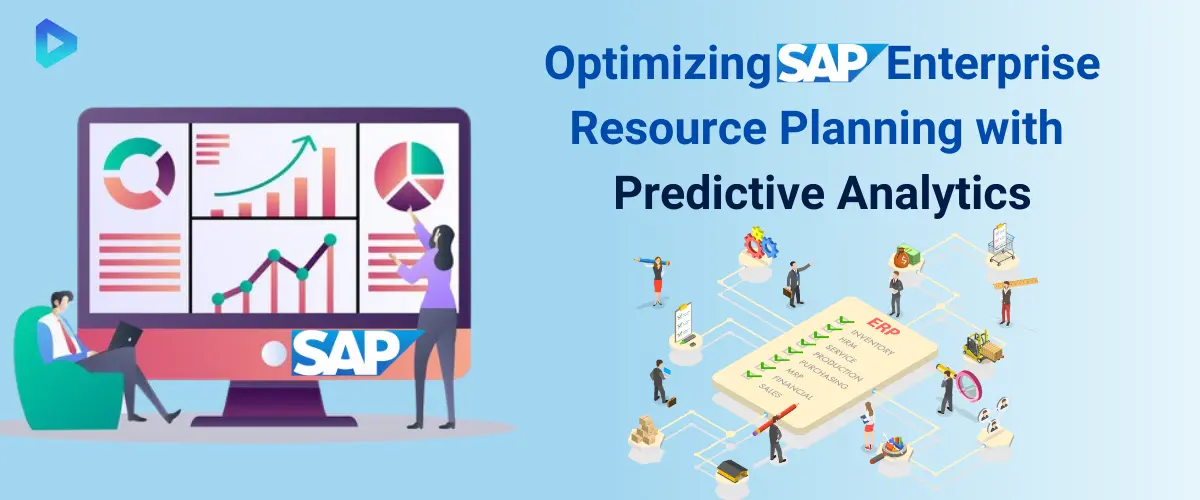 The Integration of Predictive Analytics in SAP Systems
The Integration of Predictive Analytics in SAP Systems
Predictive analytics seamlessly integrates with SAP systems to deliver actionable insights from vast datasets. By embedding predictive capabilities, businesses can anticipate outcomes and automate decision-making processes within their SAP infrastructure.
For example, SAP Predictive Analytics tools analyze historical data to forecast sales trends, helping businesses align their strategies with market demands. Integration with SAP HANA allows real-time data processing, ensuring that predictions are timely and relevant. This integration streamlines workflows, enabling teams to access predictive insights directly within their SAP dashboards.
How SAP Users Can Benefit from Predictive Insights?
SAP users gain a competitive edge by incorporating predictive insights into their daily operations. These insights help businesses identify potential risks, uncover opportunities, and make informed decisions.
In finance, predictive analytics within SAP tools forecasts cash flow and investment outcomes, allowing businesses to manage budgets effectively. In HR, predictive models analyze employee data to forecast attrition rates, helping organizations improve retention strategies.
Additionally, predictive analytics empowers SAP users to enhance customer experiences. For example, retail businesses can use predictive models to anticipate customer preferences, enabling personalized marketing campaigns. By making predictions actionable, SAP users can drive efficiency, innovation, and profitability.
Benefits of SAP Analytics for Supply Chain Management
Predictive analytics significantly enhances supply chain management within SAP systems by enabling businesses to anticipate disruptions and optimize logistics. SAP tools analyze data from various sources, such as inventory levels, transportation schedules, and market trends, to provide comprehensive predictions.
For instance, predictive models forecast demand fluctuations, helping businesses maintain optimal inventory levels and avoid overstocking or stockouts. In logistics, predictive analytics identifies potential delays, allowing companies to adjust routes or schedules proactively. The integration of predictive analytics also supports supplier relationship management.
Enhancing Insights with Salesforce Predictive Analytics
Leverage Salesforce's predictive analytics to improve customer engagement, forecast trends, and boost performance.
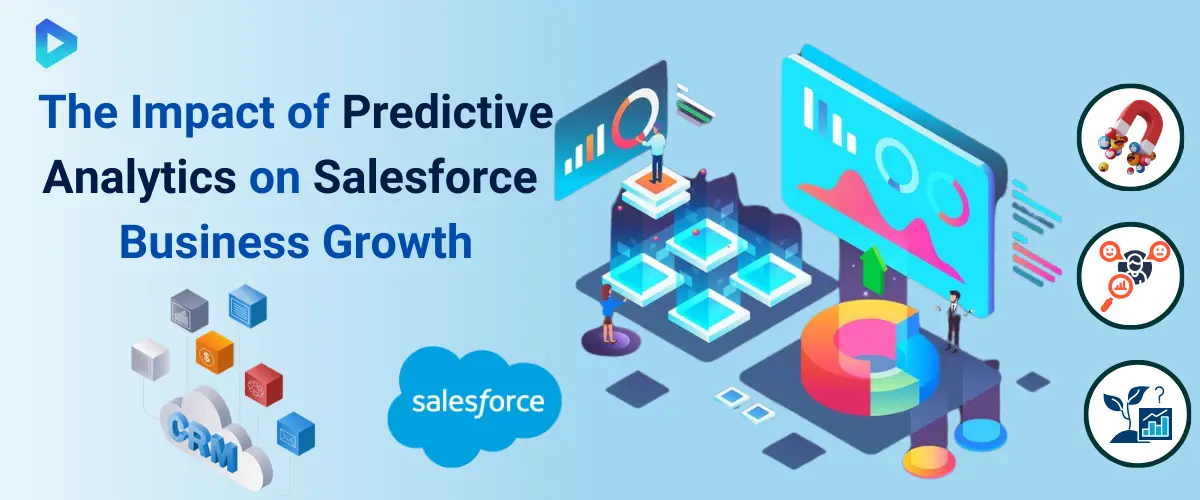 How Salesforce Empowers Businesses with Predictive Insights?
How Salesforce Empowers Businesses with Predictive Insights?
Salesforce predictive analytics equips businesses with actionable insights derived from historical and real-time data. This empowers teams to anticipate customer behavior, optimize strategies, and improve operational efficiency.
Using Salesforce Einstein, businesses can analyze trends in sales data to forecast revenue growth accurately. Predictive lead scoring identifies high-potential prospects, allowing sales teams to focus their efforts where it matters most. Additionally, Salesforce enables marketers to optimize campaigns by predicting customer preferences and tailoring messages accordingly.
By integrating predictive analytics across all Salesforce modules, organizations can uncover hidden opportunities, mitigate risks, and align their strategies with market demands. This seamless integration makes Salesforce a cornerstone for data-driven growth.
Enhancing Customer Experience with Salesforce AI Predictions
Salesforce's predictive analytics enhances customer experiences by delivering personalized interactions at scale. By leveraging AI-powered predictions, businesses can understand customer needs and provide tailored solutions proactively.
For instance, Salesforce Service Cloud uses predictive analytics to anticipate support needs, ensuring faster resolutions. Predictive case routing directs customer queries to the best-suited agent, reducing response times.
In marketing, AI-driven recommendations help craft hyperpersonalized offers, improving engagement and loyalty. With Salesforce AI, businesses can also predict churn risks by analyzing behavioral data, enabling them to retain valuable customers through targeted retention strategies.
Salesforce Einstein AI: The Future of Predictive CRM
Salesforce Einstein AI redefines predictive CRM by embedding advanced AI capabilities into the Salesforce ecosystem. It provides businesses with tools to automate predictions, uncover patterns, and make smarter decisions.
Einstein predictive scoring ranks leads and opportunities based on their likelihood to convert, helping sales teams prioritize effectively. Forecasting features enable businesses to predict revenue trends, plan resources, and allocate budgets more accurately.
In addition, Einstein automates data analysis, reducing the manual effort needed to generate insights. By integrating seamlessly with existing Salesforce tools, Einstein empowers businesses to stay ahead of market trends, improve productivity, and deliver exceptional customer experiences.

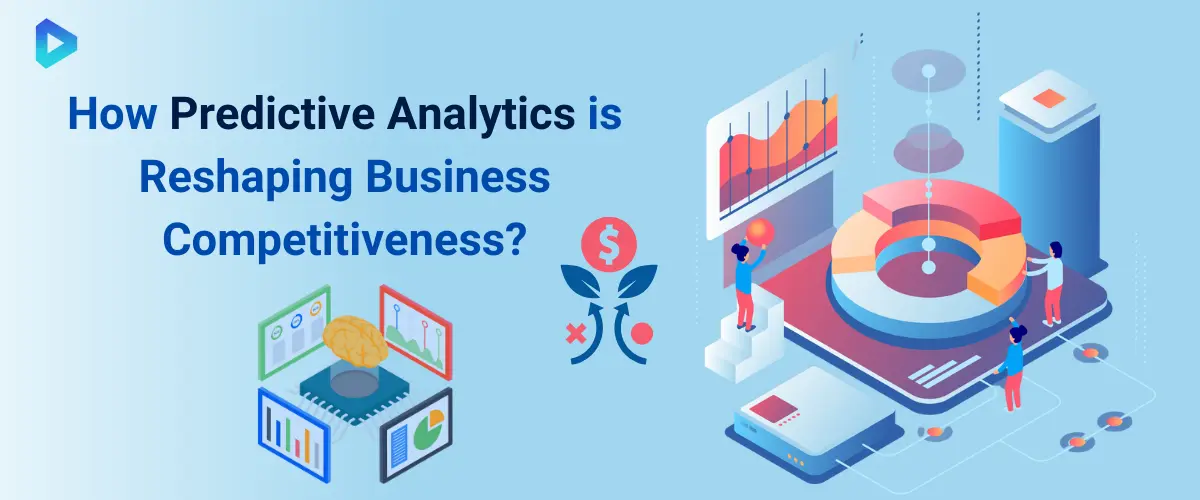

Let's Discuss Your Idea!
Send us your request using the form below.
Contact Info
Our contacts
Thank You!
We will respond to you within 24 hours.